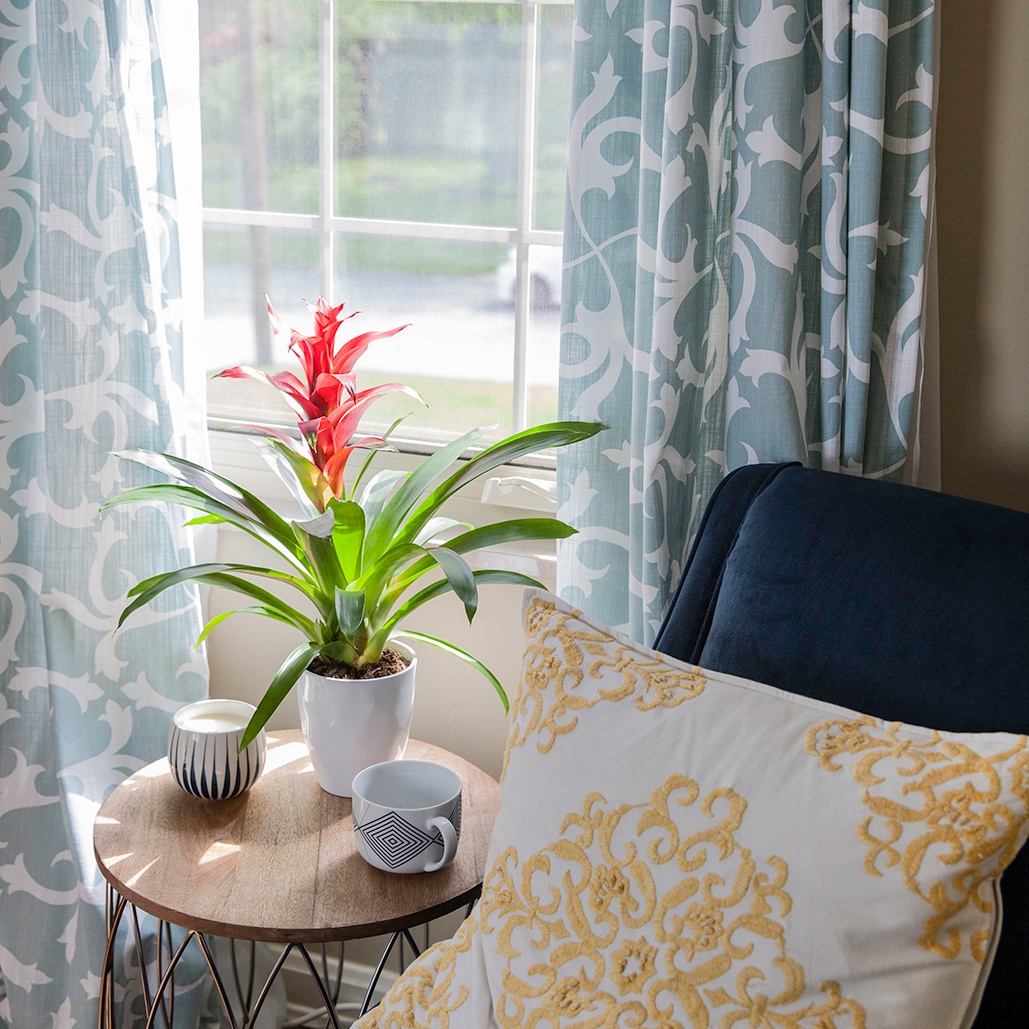
From the variety of colors, to the versatile growing styles, to even an edible variety (the pineapple!), each of the bromeliad types have something special to offer. When asked to describe bromeliads in three words, the first three descriptors that come to mind are exotic, low-maintenance and varied. While these unique, tropical plants may be well known for their beauty, the bromeliad family is also extensive, with more than 2,700 identified species.
That can make deciding on which of the bromeliad types to buy a bit of a challenge. To help you narrow down your choices, we’ve highlighted five of the most commonly sold bromeliad varieties below.
(Note: Our specialty is the Guzmania and Vriesea varieties, but there are others we thought were worth mentioning even though we don’t grow them at our greenhouse.)
The Guzmania bromeliads are known for their brightly colored funnel rosettes. While red may be the most common color, you can also find Guzmania bromeliads in yellow, orange, white, pink and purple. Guzmania is also one of the most low-maintenance bromeliads, requiring only a little water in the leaf cup once per week.
The narrow, pointed leaves of Tillandsia bromeliads almost resemble sea grass, which enhances their tropical appearance. Tillandsias are air plants — meaning they don’t need roots to get nutrients — and typically grow on trees or rocks. Their flowers come in shades of pink, orange and red.
The Vriesea, or the Classic Wave Bromeliad, is popular for its unique color varieties. Often, the blooms aren’t just one color; instead, you’ll find yellow with red mixed together, or red with orange highlights. Their bright appearance makes them a popular choice for houseplants.
Similar to the pineapple bromeliad, Ananas bromeliads produce ornamental pineapples that, while edible, are much smaller and darker colored than the yellow pineapple fruit we’re used to. Still, even if you don’t intend to cultivate the Ananas fruit, the tiny ornamental pineapple can be a great addition to your kitchen décor.
Different from other bromeliads, Billbergia have fewer leaves and flowers that hang down, rather than stand up. While they are quite beautiful, they may not be the best choice for décor—their flowering period is very brief.
While most types of bromeliads grow in trees, the Cryptanthus actually grows on the ground. Because of this, they have a larger and more complex root system than most bromeliads, but are still easily potted and grown as houseplants.
Choosing the right bromeliad for you means weighing the pros and cons or each type, as well as considering the appearance you favor most. For ease of growth and availability, check out the Guzmania and Vriesea varieties — you won’t be disappointed.
Ready to shop? Buy bromeliads online here.

Copyright Just Add Ice® Orchids 2023